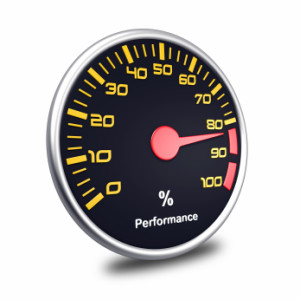 I was intrigued by a recent article in the Wall Street Journal by Bill Gates entitled “My plan to fix the world’s biggest problems…what’s missing is often good measurement and a commitment to follow the data…” Actually I had to laugh because it is just that simple.
I was intrigued by a recent article in the Wall Street Journal by Bill Gates entitled “My plan to fix the world’s biggest problems…what’s missing is often good measurement and a commitment to follow the data…” Actually I had to laugh because it is just that simple.
This time of year when most companies are setting strategic plans, goals and direction for the coming year or years, the one thing that can be easily overlooked is the measurement criteria for success. “To be the leader in our field” is a statement, perhaps a goal, but how will you know when you get there? As compared to whom? Which metric will tell you definitively that you have arrived? By ensuring specificity in the measurement of your goals and plans, you also eliminate the chance for miscommunication and misaligned expectations.
You may have heard the acronym SMART as it refers to goals. It stands for “Specific, Measurable, Achievable, Results-focused and Time-based.” By using the SMART approach, you can qualify each goal and know whether or not you’ve achieved what you set out to do. Gates’ argument was actually taking it one step further by asking “are we measuring the right thing?”which I agree is a crucial step to ensuring the desired outcome will be achieved.
The key to making this happen is to have the goal measured by a leading indicator vs. a lagging indicator. How do you know if you are on the right track? A simple example would be that to get a sale in XYZ business, the sales executive has to make 10 calls to get an appointment, 10 appointments lead to 5 quotes, and 3 quotes lead to one sale. Most of these are “activities” not goals, but they are leading indicators to tell you that you will likely have the one sale you are looking for during the time period.The focus is often on the activities as the result, which they are not, rather they are the indicators. The result is the goal – in this case a sale – and that’s where your focus should be. The activities that you are measuring will let you know you’re on track, however, be sure to allow flexibility for better ways of achieving the goals. Maybe there is a new technology that allows for more efficiency, or maybe a sales person gets the sale by a new approach entirely? You want the result – your goal – andyou want to continuously monitor the leading indicators that will make it happen.
Goals and measurement are a continuous improvement process – without them you are flying blind. However, just because you have them doesn’t mean they are the right ones for tomorrow. The better you get at measuring, the more you’ll be able to accomplish because you’ll know when you’ve arrived. It will be clear to your team and your customers so you’ll spend less time explaining. It will become your language and your “dashboard.”
A funny thing about human nature is that we pay attention to whatever is in front of us. Make sure your measurement dashboard is what your employees are looking at, and reacting to. Make sure it’s the results that lead your company forward because what gets measured, gets done.
